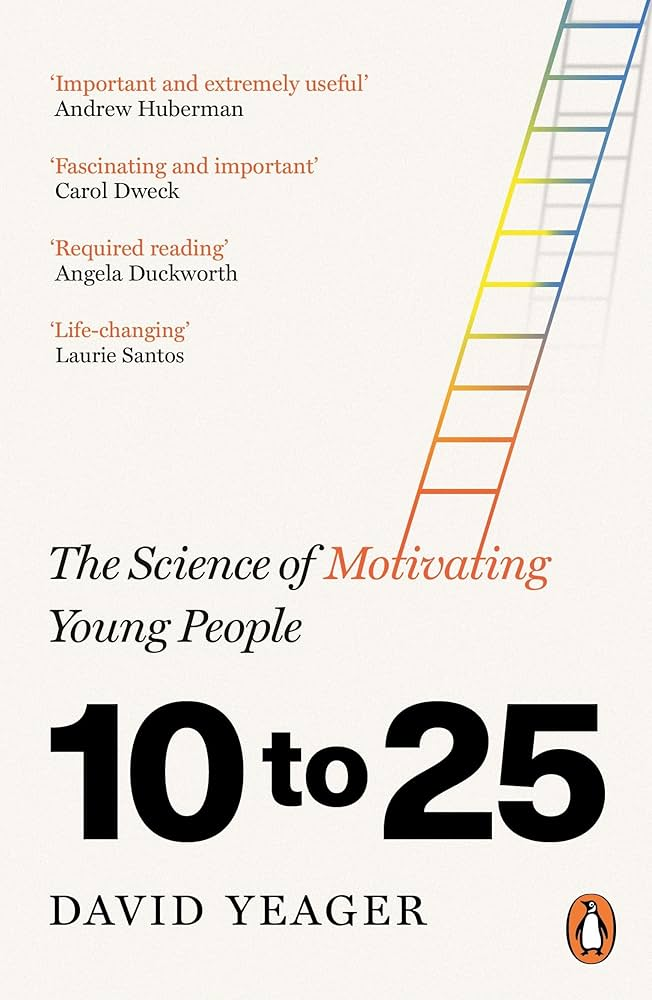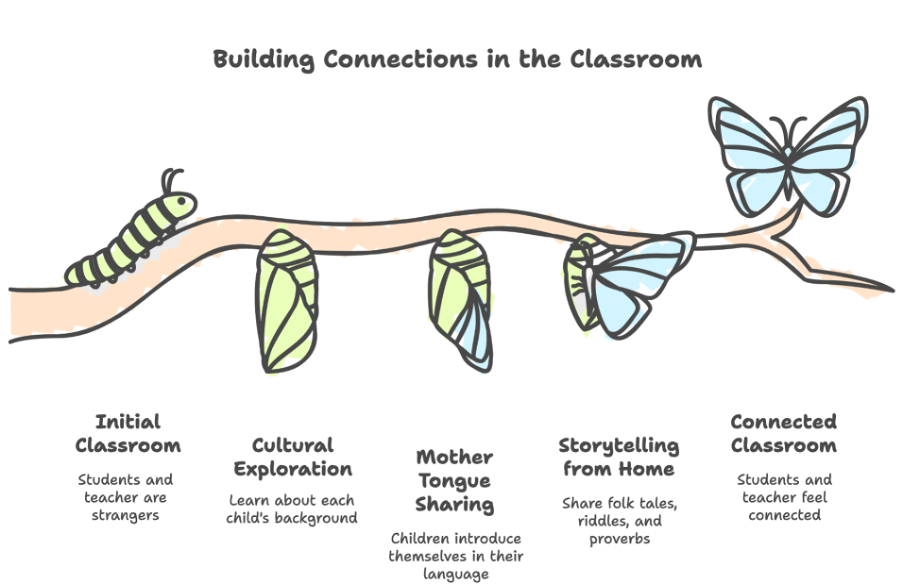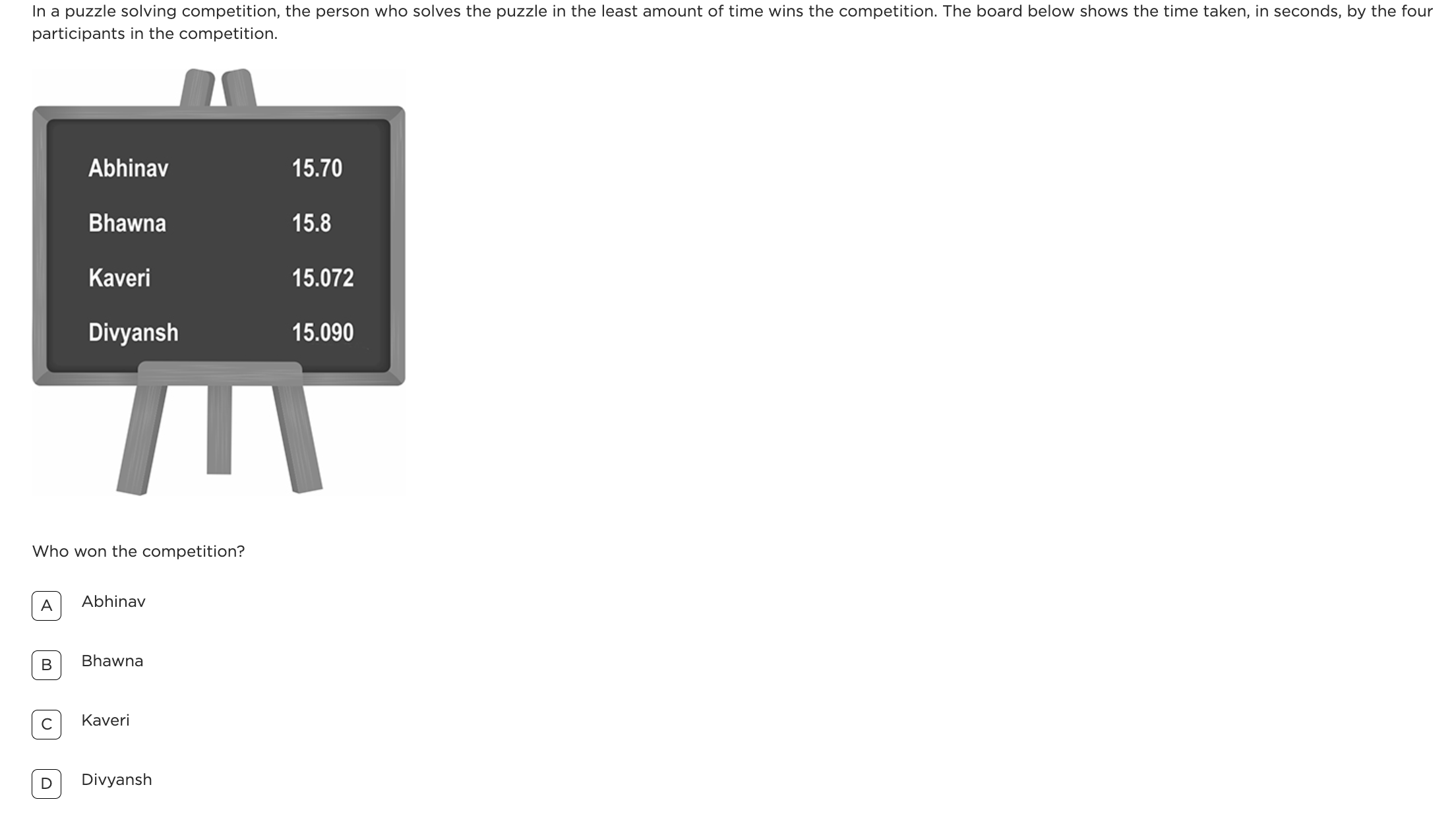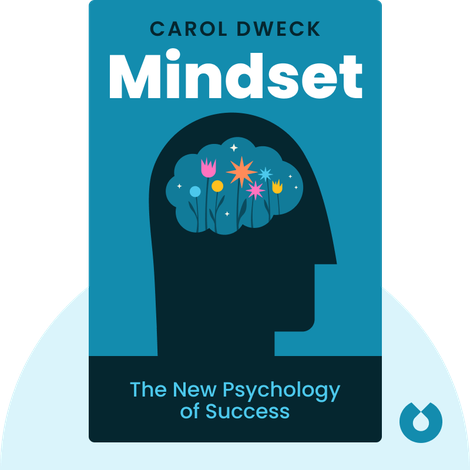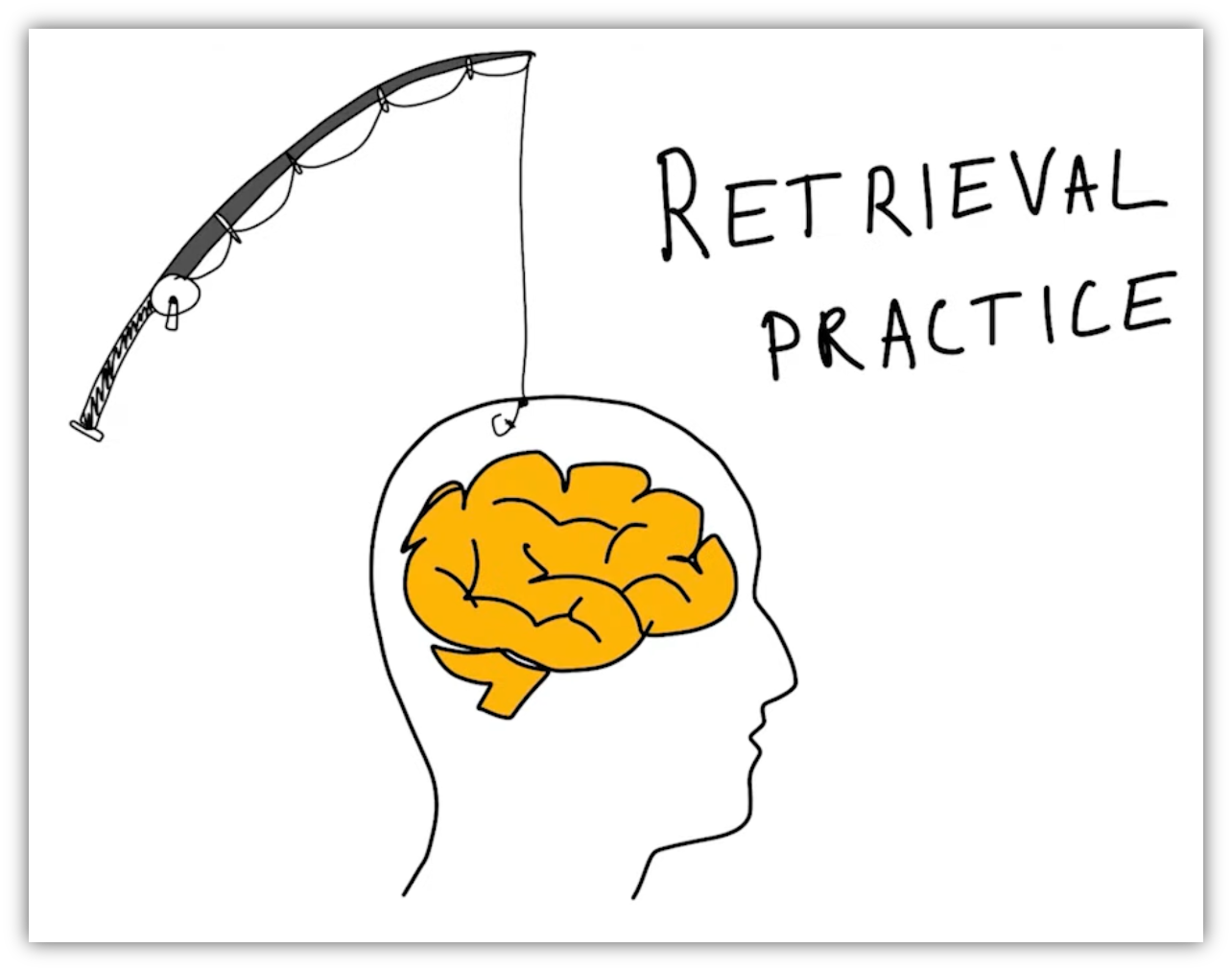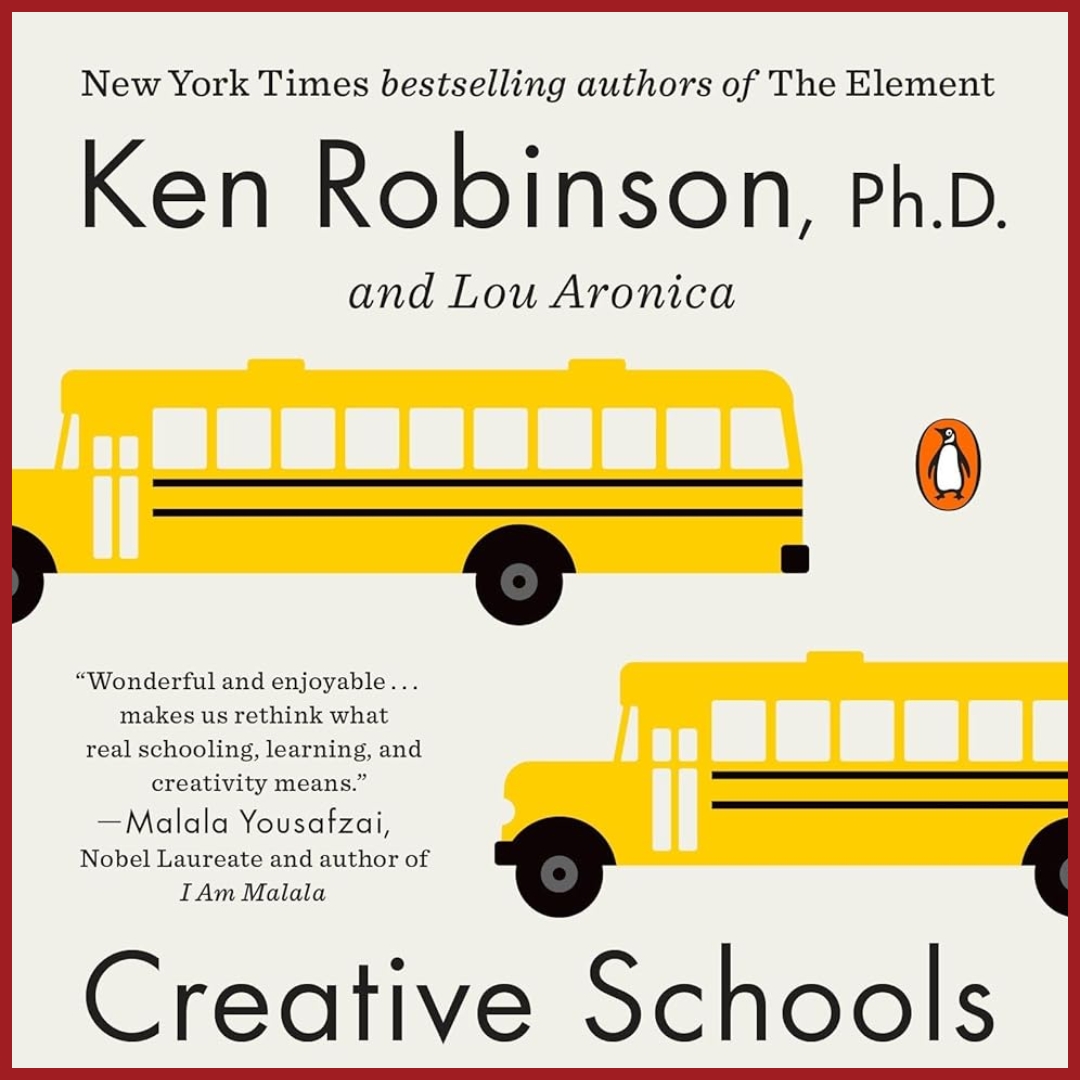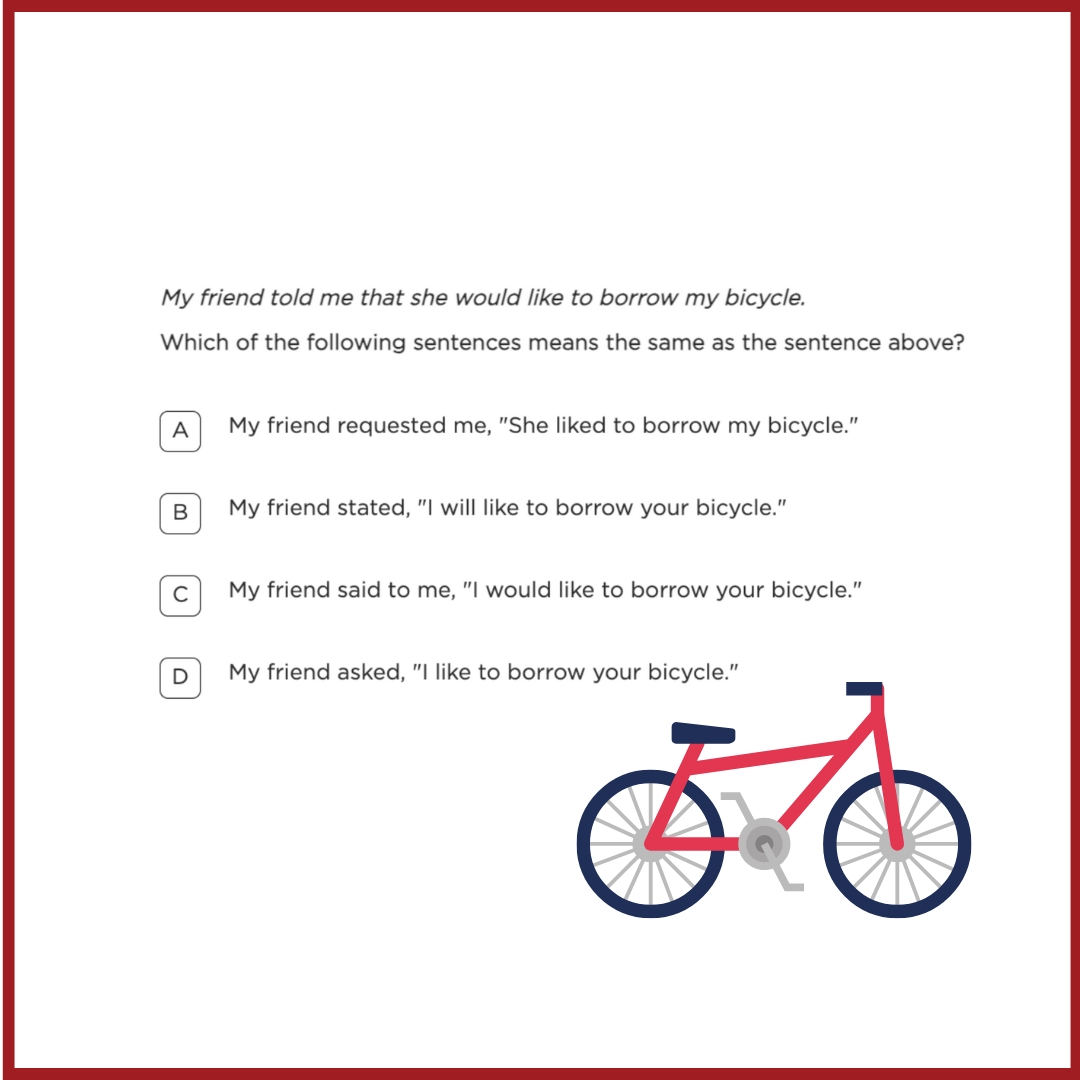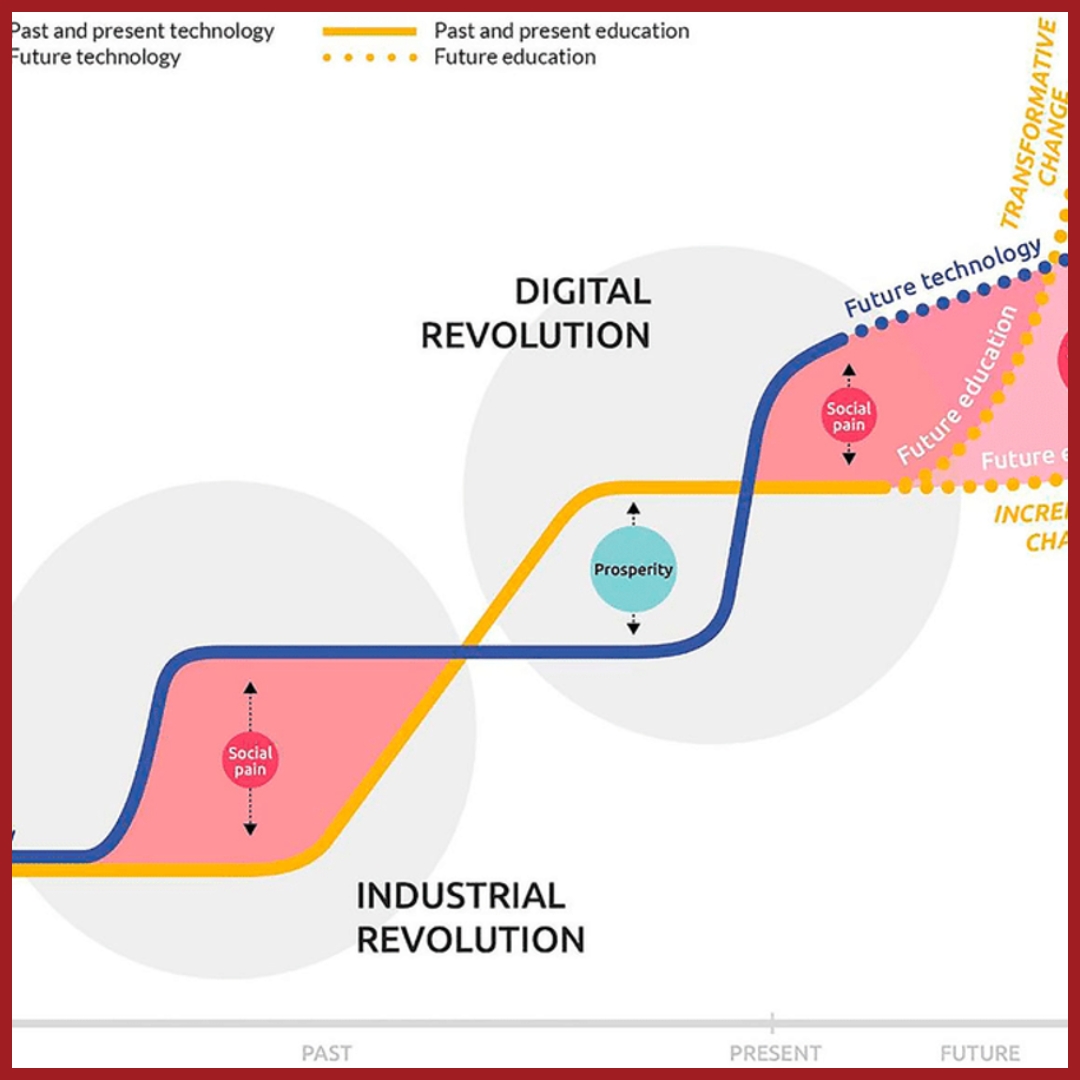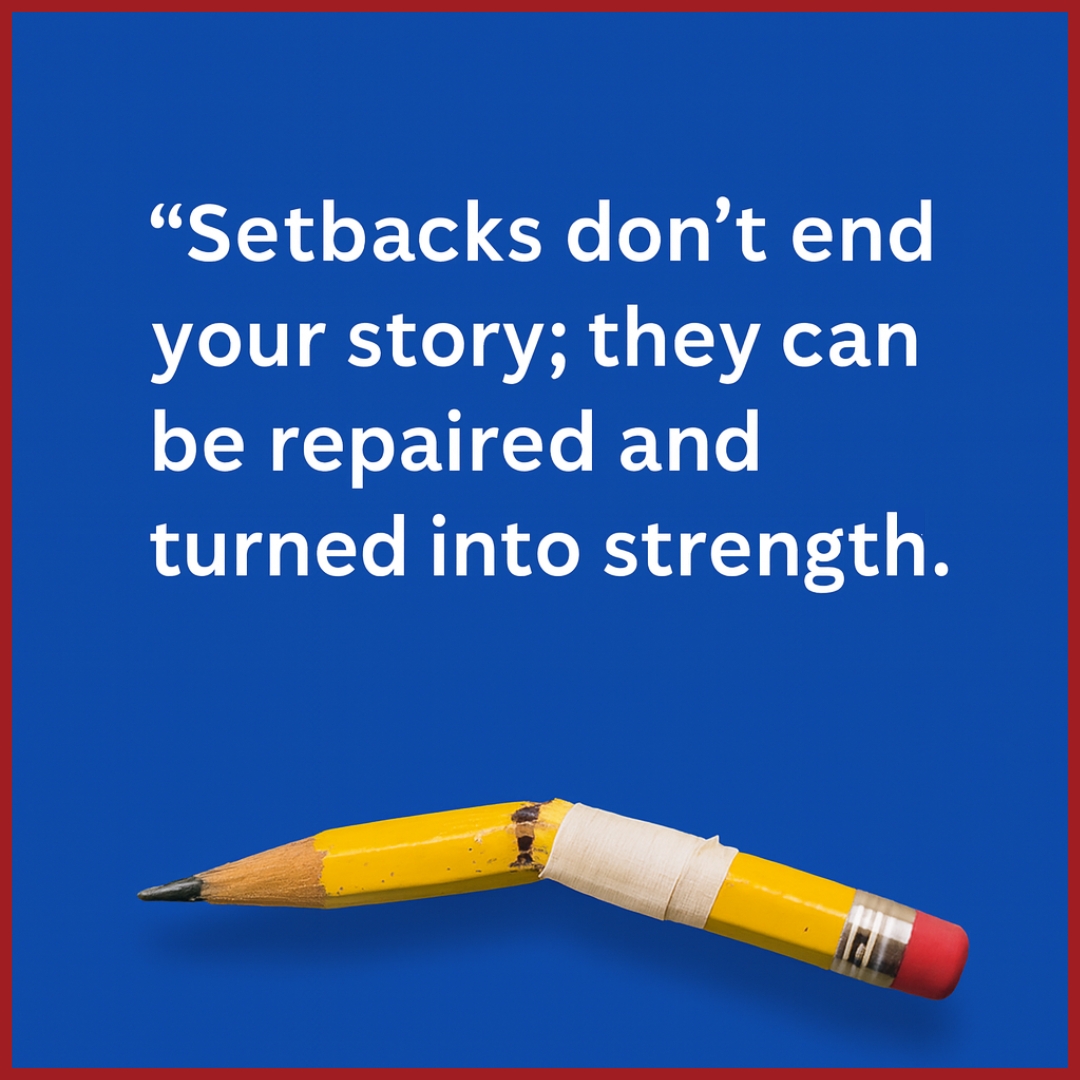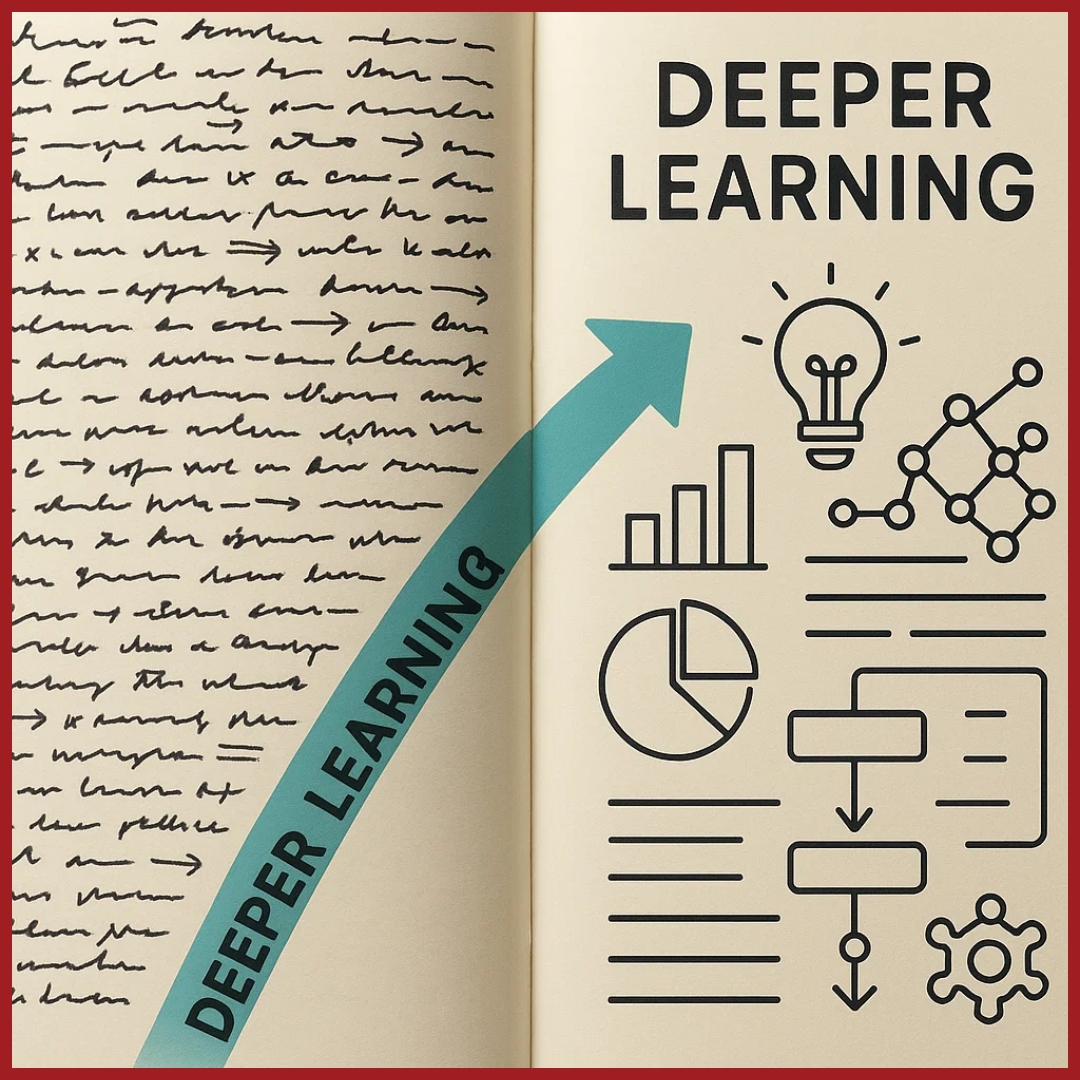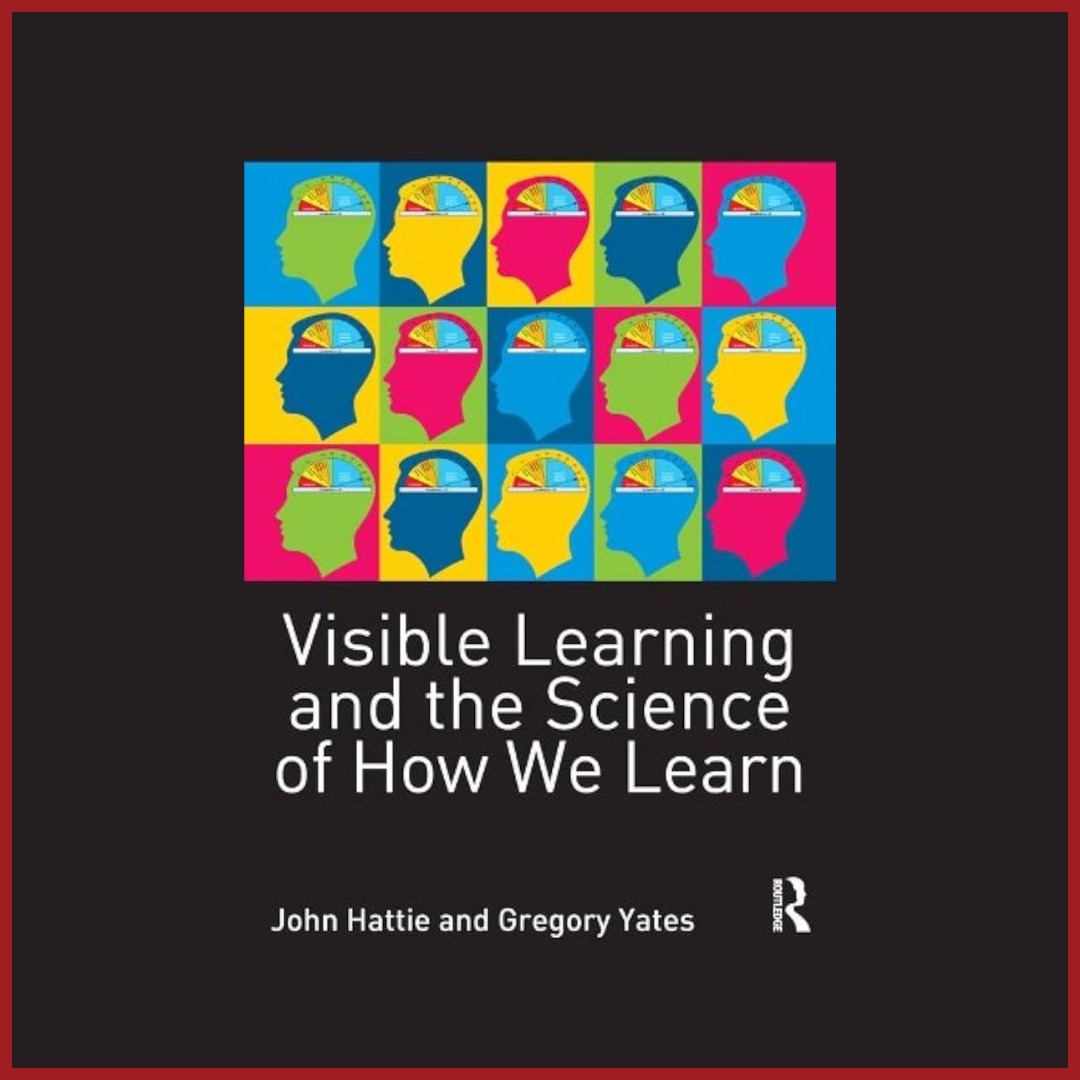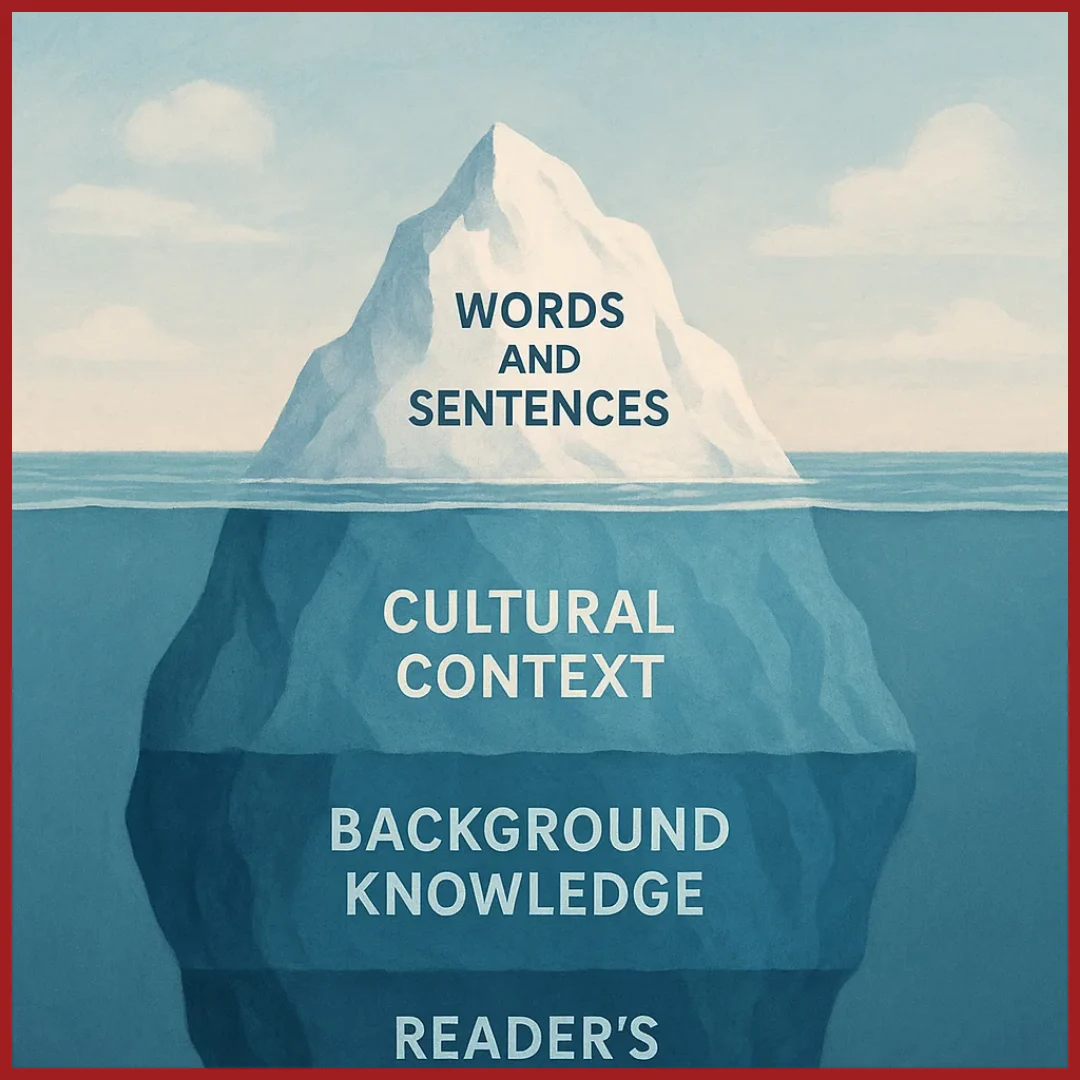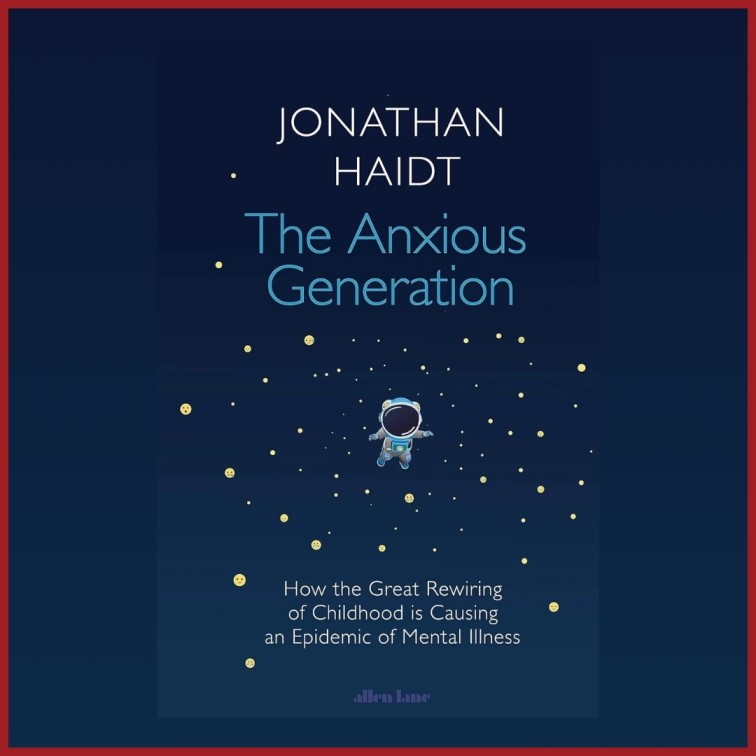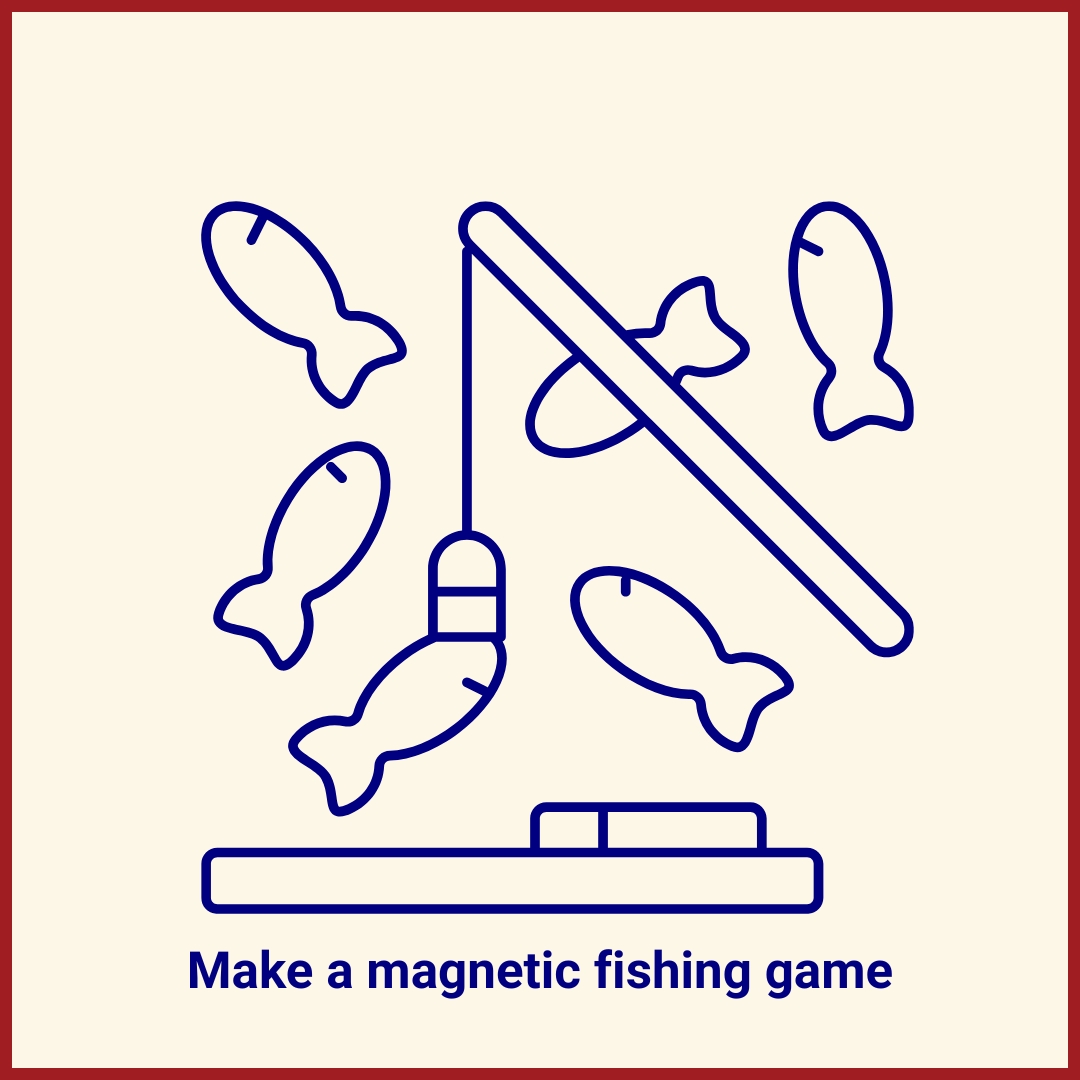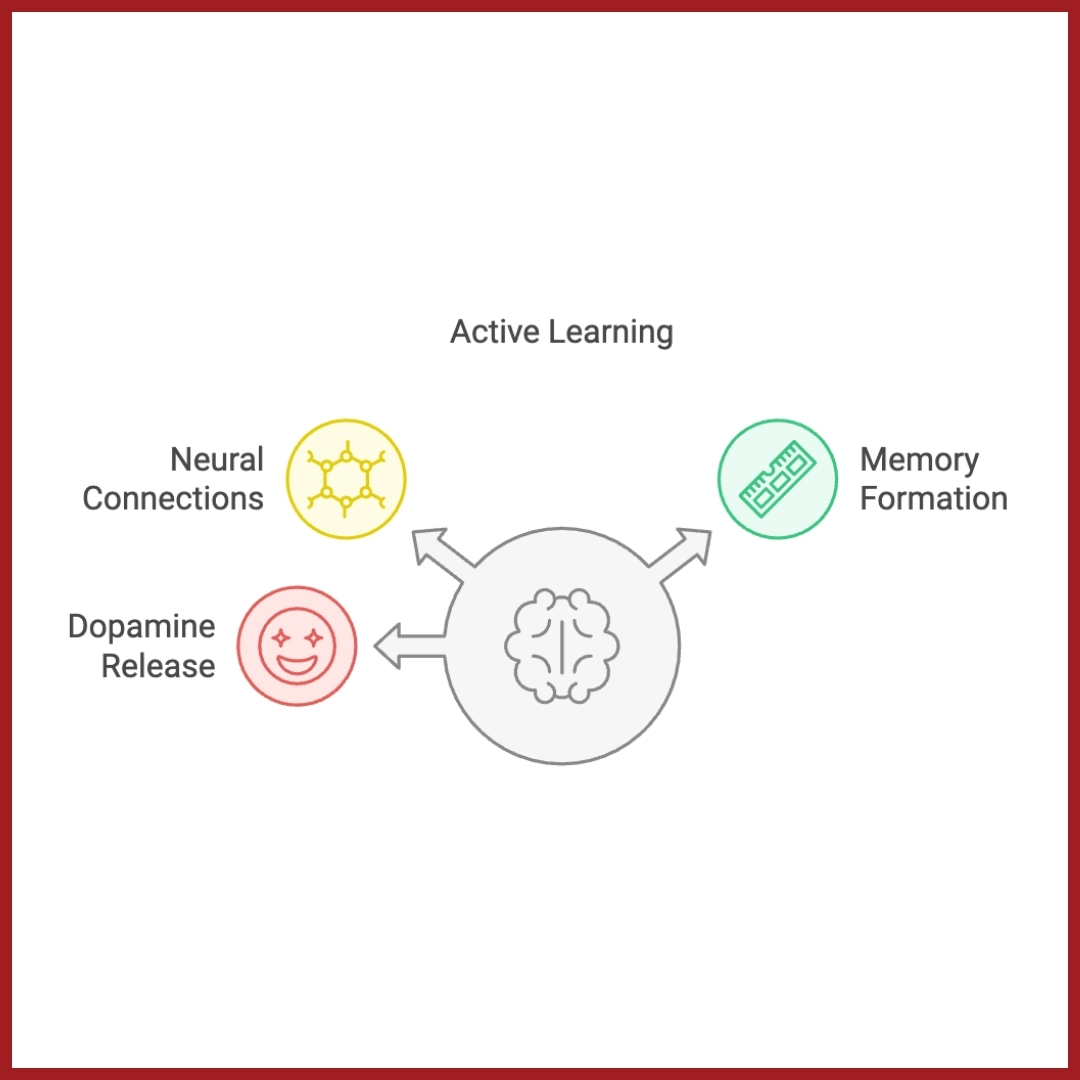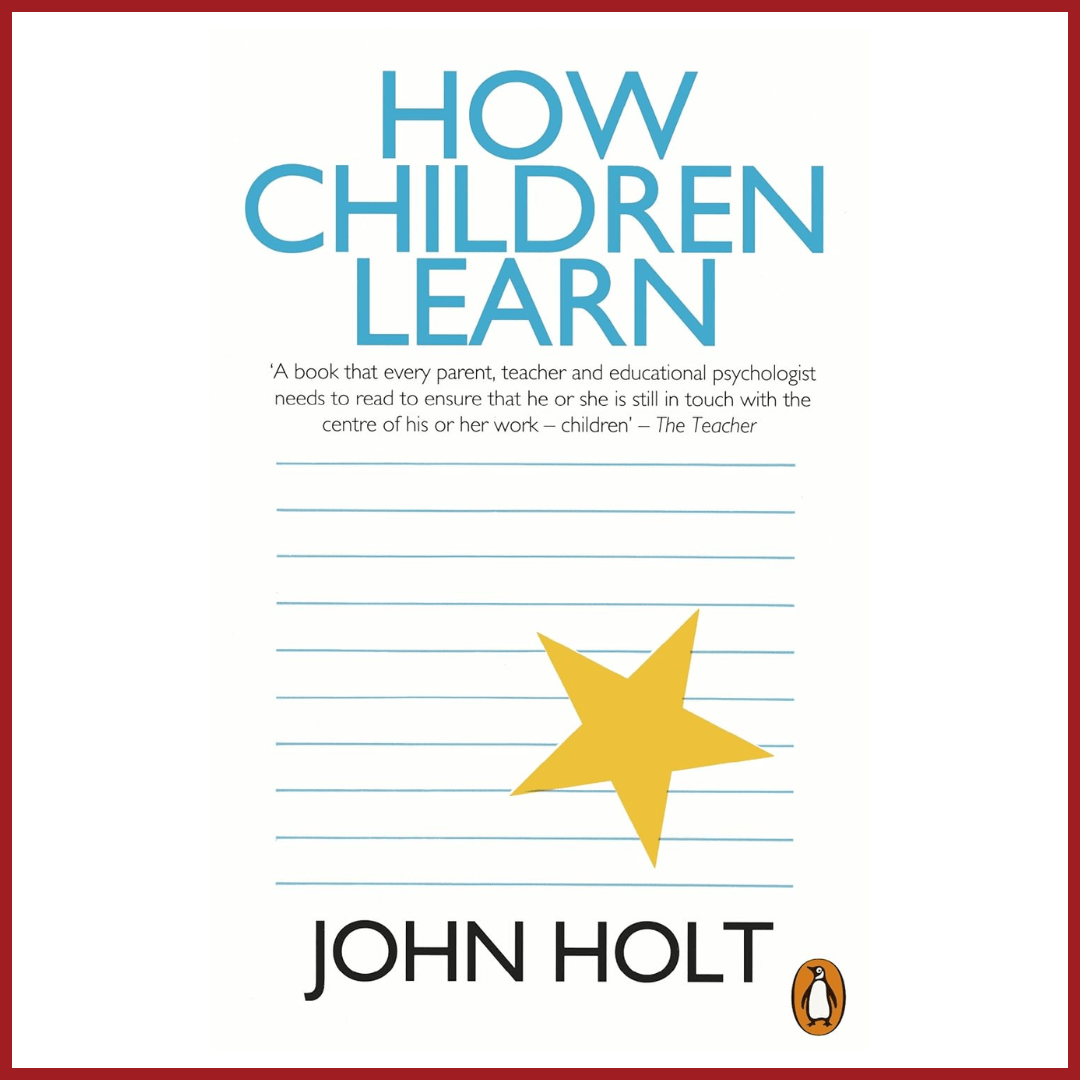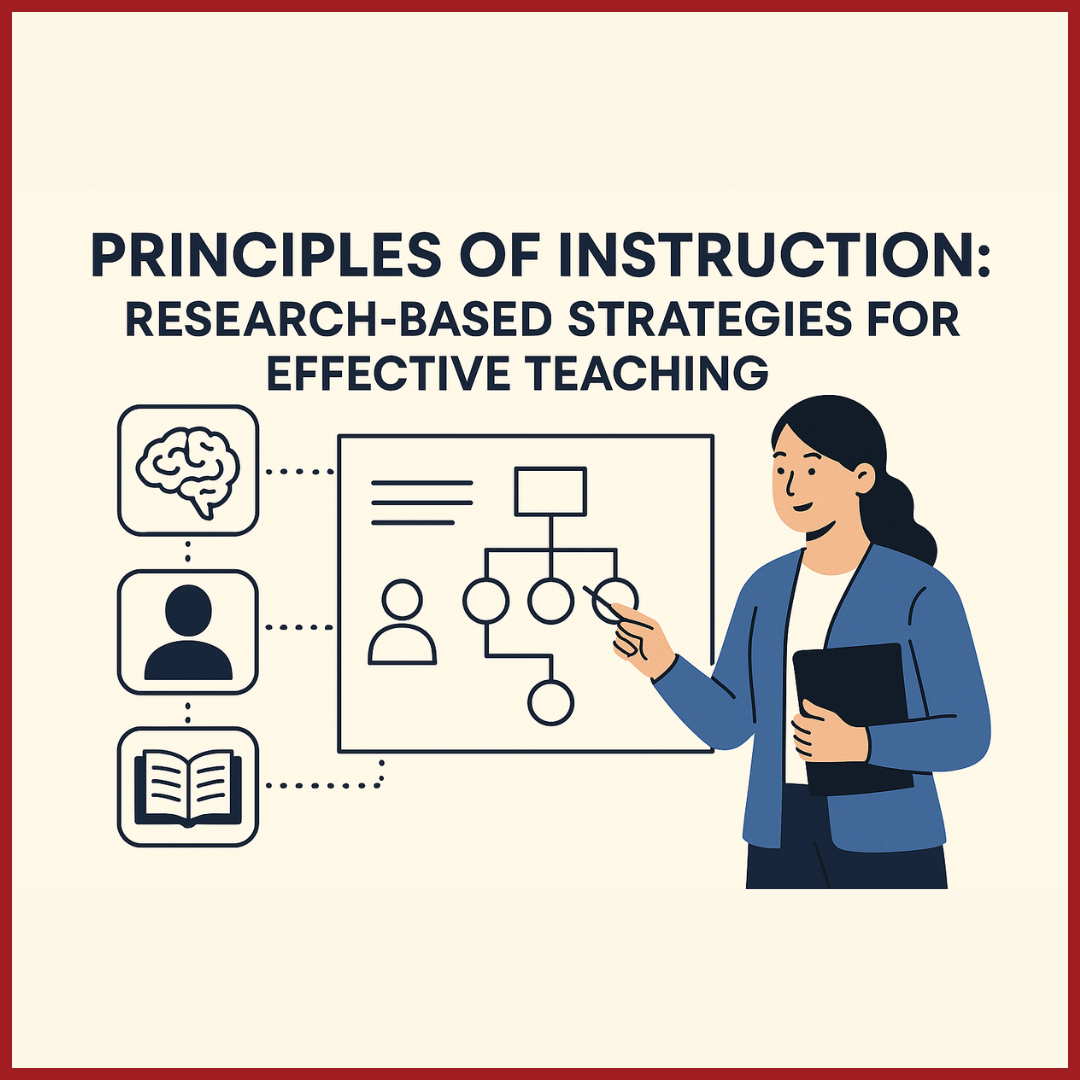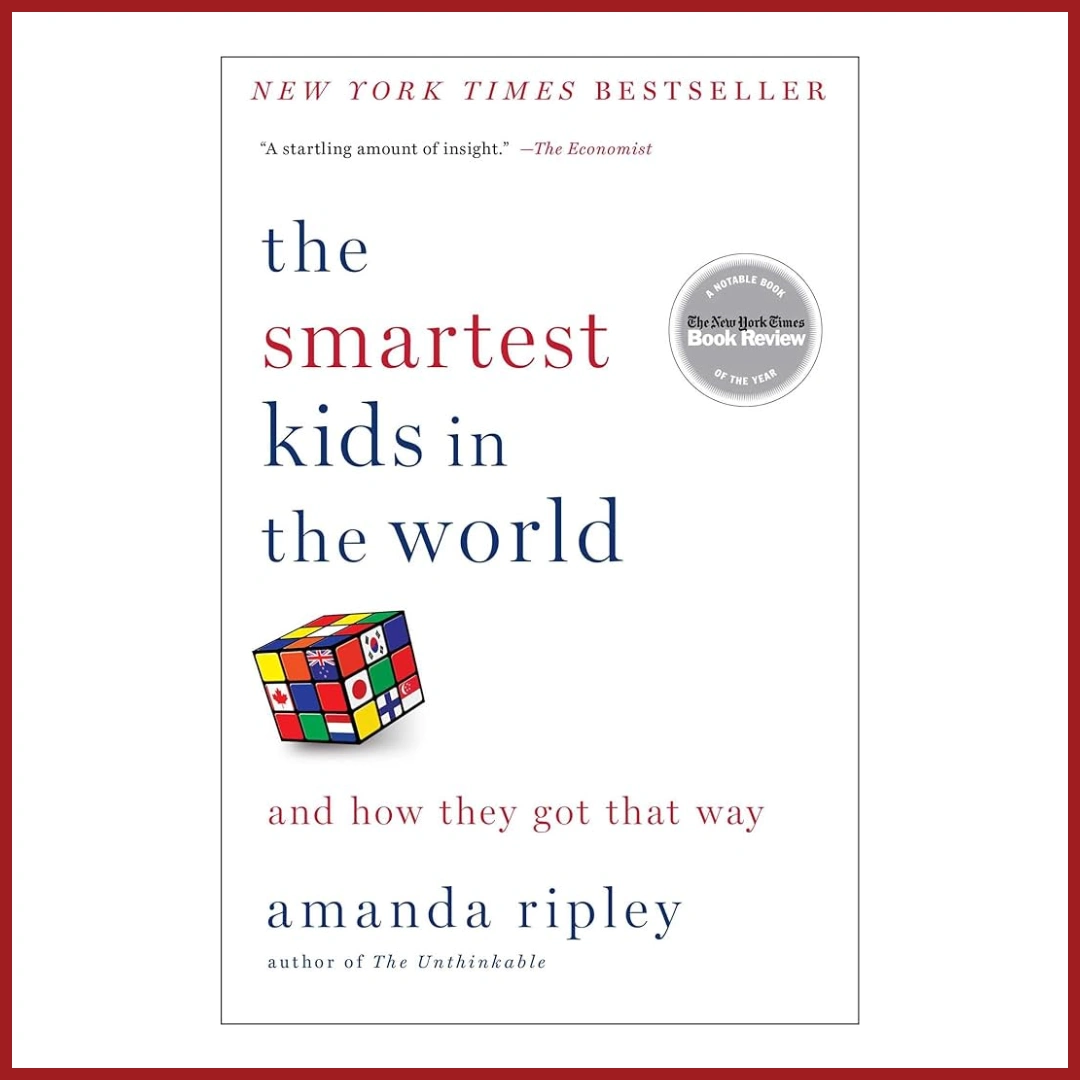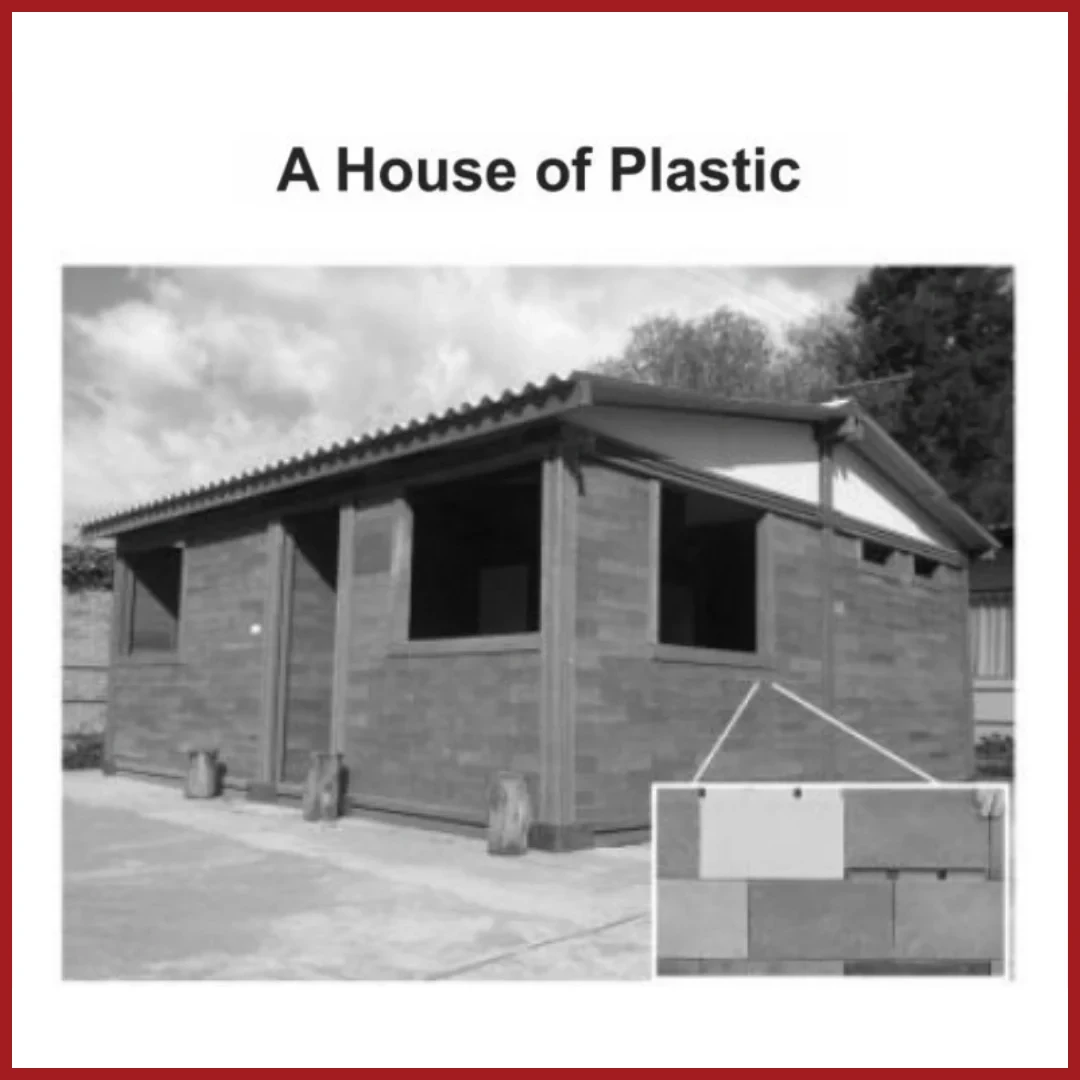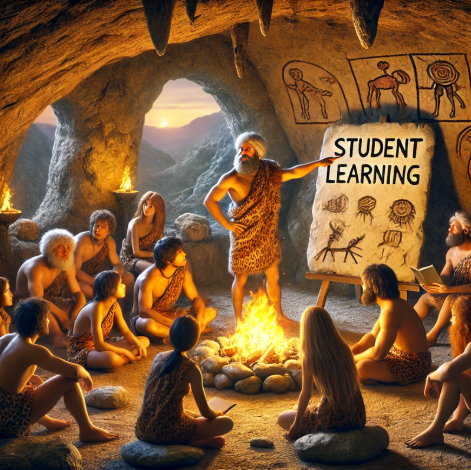Edition 08 | August 2025
Edu- Praxis
The articles in this section let you dive into fascinating educational
research and uncover its practical applications in the classroom.
The One About Student Resilience
Table of Contents:
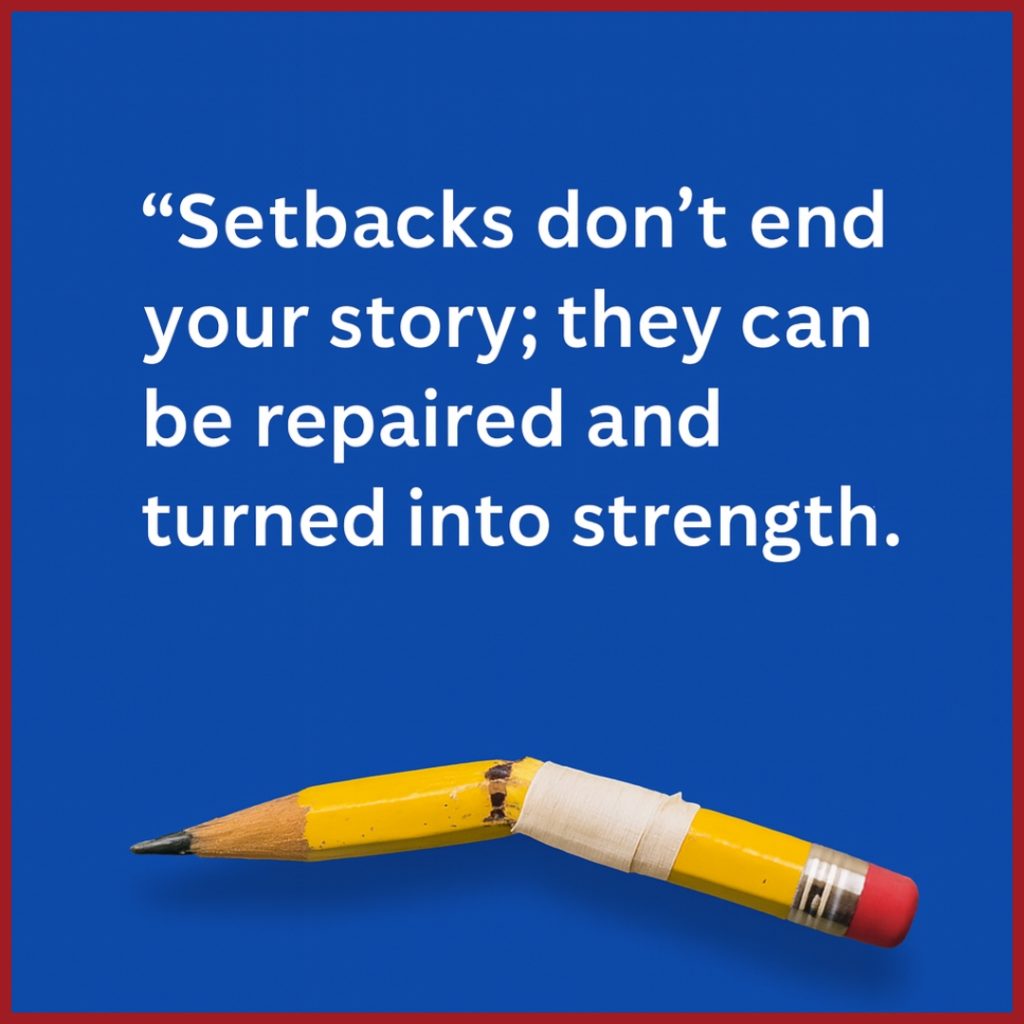
The Study
Calvin Coolidge, the 30th President of the United States of America, once noted that “nothing in
this world can take the place of persistence. Talent will not; nothing is more common than
unsuccessful men with talent. Genius will not; unrewarded genius is almost a proverb. Education
will not; the world is full of educated derelicts. Persistence and determination are omnipotent”.
Whilst he might have been slightly over-exaggerating the importance of resilience, the desire to
help students improve these skills is probably more popular now than ever. But is resilience
something that can be learnt and developed?
Resilience—first examined in neuroscience and in children exposed to major traumatic events— has since been researched in sport and business.A recent pivot in study has now turned the focus to resilience in education. Through interviews with students, researchers identified three key attributes that lead to resilient learners, as well as suggested what academic institutions can do to help facilitate their development
Resilience—first examined in neuroscience and in children exposed to major traumatic events— has since been researched in sport and business.A recent pivot in study has now turned the focus to resilience in education. Through interviews with students, researchers identified three key attributes that lead to resilient learners, as well as suggested what academic institutions can do to help facilitate their development
The Main Findings
Researchers found three key attributes behind resilience:
- A sense of perspective This included managing one’s emotions, focussing on things one can control, and setting both short- and long-term goals. Central to maintaining a sense of perspective was the importance of self-reflection, which allowed students to manage new or uncomfortable situations
- Staying healthy:This helped students respond well under pressure and during adversity. Ways to do this included doing physical activity and participating in team sports, which improved mood and social interactions. Identifying and celebrating successes, along with positive self-talk, helped enhance mental well-being.
- Social support: The more someone isolates themselves, the more likely they are to brood over bad decisions.
Maintaining good relationships with friends, family, and teachers helps students either feel better
about their setbacks and/or provides suggestions for how they can possibly overcome them.
Finally, the study looked at what academic institutions could do to help foster resilient environments for their students. They found that helping them experience and learn from failures in a safe environment, providing high-quality feedback that focuses on strategies and next steps, as well as access to extra-curricular activities, helped
Related Research
This study supports existing research that has found that resilience is something that can be
developed by the individual as well as facilitated by their environment. A recent overview by
leading resilience researchers highlighted that for an environment to facilitate resilience, it needs
to be both high in challenge and support. Too much challenge and too little support results in
excessive stress, burnout, and isolation. Conversely, too much support but not enough challenge
can lead to complacency and boredom
Other strategies that have been found to help improve resilience include being open to new experiences, being optimistic, viewing decisions as active choices instead of sacrifices, and focusing on developing one’s skills instead of comparing oneself to others. Viewing setbacks as opportunities for learning, as well as taking personal responsibility for one’s own thoughts and feelings, will help
Research has also demonstrated that productive failures and struggles are not always a bad thing. Those who have experienced some adversity tend to perform better under pressure in the future than those who have been wrapped in cotton wool. Experiencing failure has also been associated with higher levels of empathy, motivation, and determination
Other strategies that have been found to help improve resilience include being open to new experiences, being optimistic, viewing decisions as active choices instead of sacrifices, and focusing on developing one’s skills instead of comparing oneself to others. Viewing setbacks as opportunities for learning, as well as taking personal responsibility for one’s own thoughts and feelings, will help
Research has also demonstrated that productive failures and struggles are not always a bad thing. Those who have experienced some adversity tend to perform better under pressure in the future than those who have been wrapped in cotton wool. Experiencing failure has also been associated with higher levels of empathy, motivation, and determination
Classroom Implications
The authors of this study note that “failure is a central part of learning, but its associated connotations need to be reconceptualised as a learning opportunity”. Many students feel that:

Helping them understand that mistakes and setbacks at some stage are inevitable, and then
providing them with strategies to capitalise on the mistakes, will help us develop resilient learners
Taking time to talk to students about how to improve both their physical and mental well-being will help equip them with the energy and skills needed to navigate tough times. Likewise, teaching students skills such as self-reflection and how to set appropriate goals will benefit them
Taking time to talk to students about how to improve both their physical and mental well-being will help equip them with the energy and skills needed to navigate tough times. Likewise, teaching students skills such as self-reflection and how to set appropriate goals will benefit them
Reference
Holdsworth, S., Turner, M., & Scott-Young, C. M. (2017). Not drowning, waving: Resilience and
university: A student perspective. Studies in Higher Education, 1–17
Enjoyed the read? Spread the word
Interested in being featured in our newsletter?
Write to us here.




